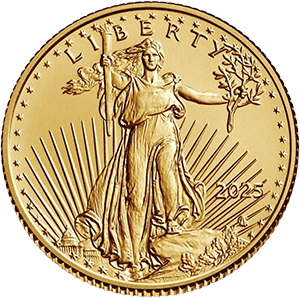
Investing in precious metals has long been recognized as a robust way to diversify an investment portfolio, acting as a hedge against inflation and economic uncertainty. However, as with any investment, it comes with its share of risks and rewards. This article aims to shed light on the risk factors associated with investing in precious metals and guide you towards the best choices based on the current economic and political climate as of July 2023.
The risk associated with investing in precious metals largely depends on market volatility, currency fluctuations, economic indicators, geopolitical events, and the specific type of investment (physical bullion, ETFs, mining stocks, etc.). Prices of precious metals can be quite volatile, swinging up and down based on these factors. For instance, the prices often rise during economic downturns and fall during economic booms. This can lead to substantial gains or losses for investors, thus rendering precious metals a high-risk, high-reward investment category.
It's also important to note that precious metals do not provide a dividend or interest. The return on investment hinges solely on price appreciation. Therefore, if the prices do not rise or if they fall, investors might not make any returns or might even suffer losses.
Moreover, investing in physical bullion involves storage and insurance costs. There's also the risk of theft if not stored properly. ETFs and mining stocks, while eliminating the need for physical storage, come with their own set of risks, such as management risk and operational risk.
Despite these risks, investing in precious metals can offer significant advantages, especially as a part of a diversified portfolio. They can act as a hedge against inflation and economic uncertainty, and often perform well during stock market downturns.

Now that we understand the risks, let's move on to the best precious metals to invest in. As of July 2023, the top contenders remain gold, silver, platinum, and palladium.
-
Gold: Gold has been a staple of wealth for thousands of years. Currently priced around $1,950 per troy ounce, it is seen as a safe haven during economic uncertainty. Given the ongoing geopolitical tensions and economic disruptions, gold remains a strong investment option.
-
Silver: Often dubbed 'the poor man's gold,' silver is a more affordable option for investors. It's currently priced around $26 per troy ounce. Silver has extensive industrial uses, which could lead to increased demand as industries recover post-pandemic.
-
Platinum: Priced around $1,050 per troy ounce, is rarer than gold and silver. It's widely used in the automotive industry for emission control, which could drive demand, considering the global shift towards cleaner energy. However, the move towards electric vehicles, which do not require platinum, might counter this.
-
Palladium: Currently the most expensive of the lot, priced around $2,750 per troy ounce, palladium has seen substantial demand from the automotive industry. Its use in catalytic converters for petrol engines could sustain its demand.
In conclusion, investing in precious metals does involve a degree of risk, but it can be a strategic move when managed properly. The best precious metal to invest in depends on numerous factors, including market conditions, economic indicators, your financial goals, and risk tolerance. It's advisable to consult with a financial advisor or an investment expert to make informed investment decisions. Remember, the key to successful investing often lies in diversification and a thorough understanding of the risks and rewards associated with each investment.









